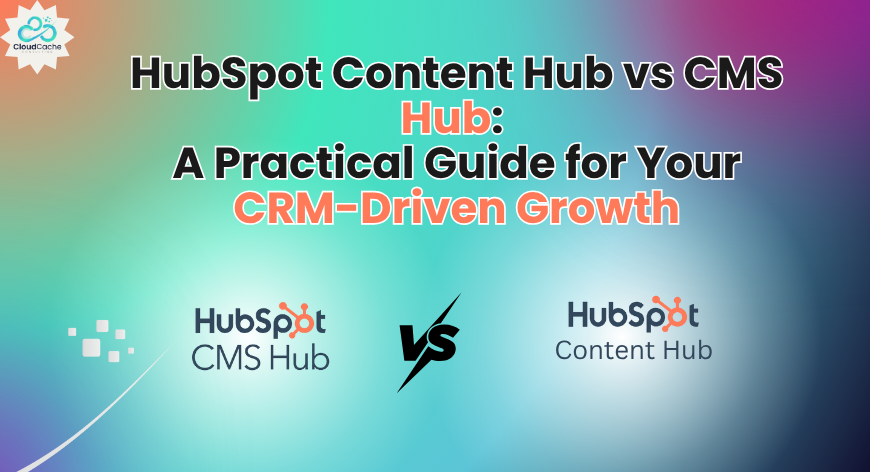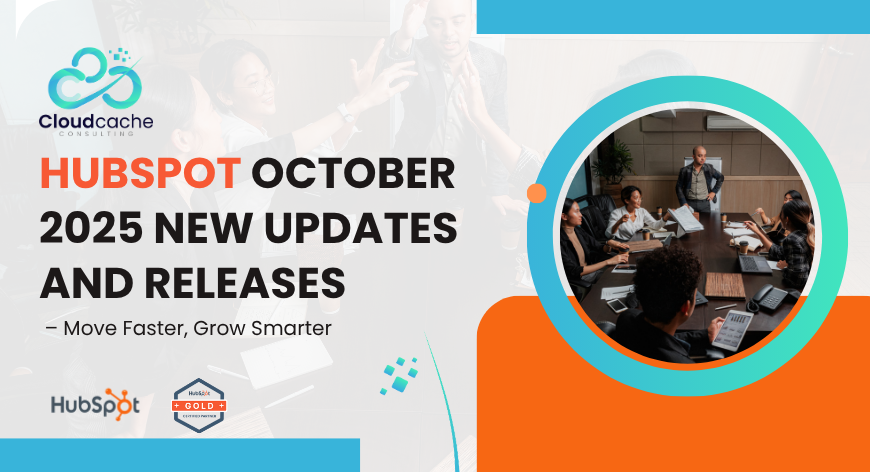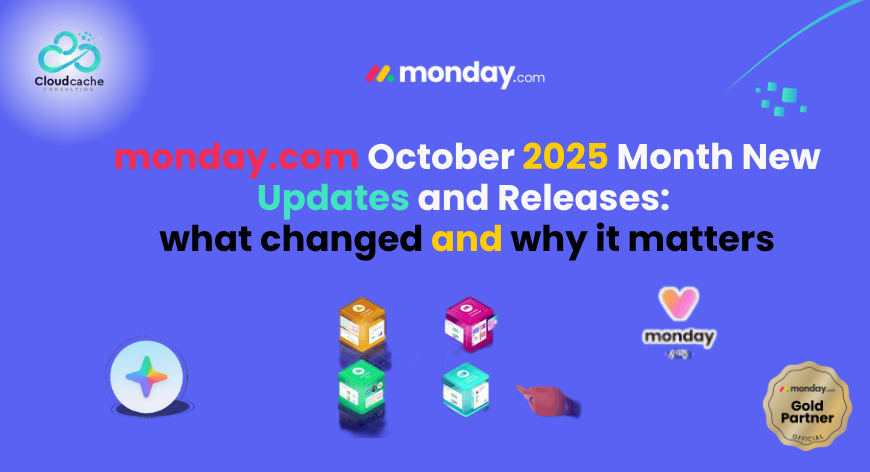
Diversity and Inclusion in the Workplace: A Comprehensive Overview
Diversity and Inclusion (D&I) are more than just buzzwords in the corporate world—they are essential components for business success. Companies that embrace D&I not only foster a positive work environment but also drive growth, innovation, and profitability.
This article provides an in-depth rundown of Diversity and Inclusion, the different types of diversity in the workplace, and practical strategies for implementing effective D&I practices.
Understanding Diversity and Inclusion
They are often mentioned together, diversity and inclusion have distinct meanings:
Diversity In the workplace refers to distinctions in religion, race, gender, ethnicity, age, sexual orientation, and disability. It’s about bringing together a wide range of perspectives and experiences.
Inclusion involves actively ensuring that everyone, regardless of their background, has equal access to opportunities and resources.
Types of Diversity in the Workplace
Workplace diversity can be categorized into different types, each representing various dimensions of human differences. Understanding these types can help organizations better address and embrace diversity.
Internal Diversity: These are the traits that typically cannot be changed. Examples include:
- Race
- Age
- Ethnicity
- Cultural background
External Diversity: These are characteristics that a person acquires over time, which can be influenced by personal choices and life experiences. Examples include:
- Education
- Skills and interests
- Religious beliefs
- Socioeconomic status
Organizational Diversity: These relate to the workplace environment and the different roles individuals play within the organization. Examples include:
- Job function
- Department
- Level of seniority
- Management status
World View Diversity: This type of diversity encompasses the different ways people perceive the world, shaped by their experiences, knowledge, and beliefs. Examples include:
- Political beliefs
- Knowledge of history
- Cultural perspectives
The Importance of Inclusion
Inclusion is the cornerstone of a truly diverse workplace. A diverse workforce without an inclusive environment is like having a team where only some members' contributions are valued. Inclusion ensures that everyone, regardless of their background, feels respected, heard, and valued. This leads to higher levels of innovation, collaboration, and employee engagement.
For instance, while hiring individuals from diverse backgrounds is a step in the right direction, it is equally important to involve these individuals in decision-making processes and acknowledge their unique perspectives.
Benefits of Workplace Diversity
It delivers several benefits including below:
- Greater ROI
A diverse and inclusive environment enhances employee engagement and retention, driving innovation. Research reveals that companies prioritizing diversity often see higher financial performance and profitability.
- Enhanced Decision-Making
A mix of voices in decision-making processes leads to well-rounded perspectives. Including diverse viewpoints helps companies make more informed and effective decisions.
- Higher Employee Engagement
When employees feel included and valued, they are more engaged with the company. Engaged employees actively participate in company culture and activities, knowing their opinions matter.
- Enhanced Company Reputation
Embracing diversity and inclusion boosts a company's brand image. In today's socially conscious climate, being inclusive not only strengthens your reputation but also shows empathy and awareness, enhancing your brand's identity.
- Higher Employee Retention
Organizations with a strong commitment to diversity experience lower turnover and higher retention rates. Employees are more likely to stay in companies that value inclusivity, leading to longer tenures and better performance.
Best Practices for Enhancing Diversity and Inclusion
Building a diverse and inclusive workplace requires intentional efforts and strategic planning.
- Diverse Hiring Practices: Recruitment processes should target a more diverse and broader chunk of candidates. This can be achieved by eliminating biases in job descriptions, using diverse interview panels, and actively seeking out underrepresented groups.
- Open Communication: Such communication makes employees feel satisfied and comfy while sharing their thoughts without fear of exclusion or judgment. Creating spaces for dialogue, such as town halls or feedback sessions, can help achieve this.
- Educate Leadership: Company leaders play a crucial role in setting the tone for D&I. It’s essential to educate them about the importance of diversity and inclusion, the benefits it brings, and how they can lead by example. Regular training sessions, workshops, and discussions about D&I can help leaders internalize these values and apply them in their day-to-day operations.
- Establish a D&I Council: A dedicated council consisting of members from diverse backgrounds can oversee D&I initiatives within the organization. This council can ensure that the company’s policies and practices reflect its commitment to diversity and inclusion.
- Shift from Culture Fit to Culture Add: Instead of hiring employees who fit the existing company culture, companies should focus on how new hires can add value to the culture. This approach encourages a more diverse range of ideas, perspectives, and innovations.
- Diversity and Inclusion Training: Ongoing D&I training for all employees can increase awareness and equip them with the skills to work effectively with people from different backgrounds.
- Encourage Innovation: Companies should create opportunities for employees to share their ideas and contribute to projects, fostering an environment where innovation is celebrated.
- Monitor and Evaluate D&I Initiatives: It is crucial to periodically evaluate the significance of D&I campaigns and initiatives. Metrics such as employee engagement, retention rates, and feedback from D&I surveys can provide insights into how well the company is performing in this area and where improvements can be made.
Conclusion
Diversity and Inclusion are not just ethical considerations—they are essential for business success. Implementing the best practices outlined in this article can help organizations create a workplace where every employee feels valued, respected, and empowered to contribute to their fullest potential.
CloudCache Consulting tries its best to maintain diversity within the workspace.











Leave a Reply
Your email address will not be published.